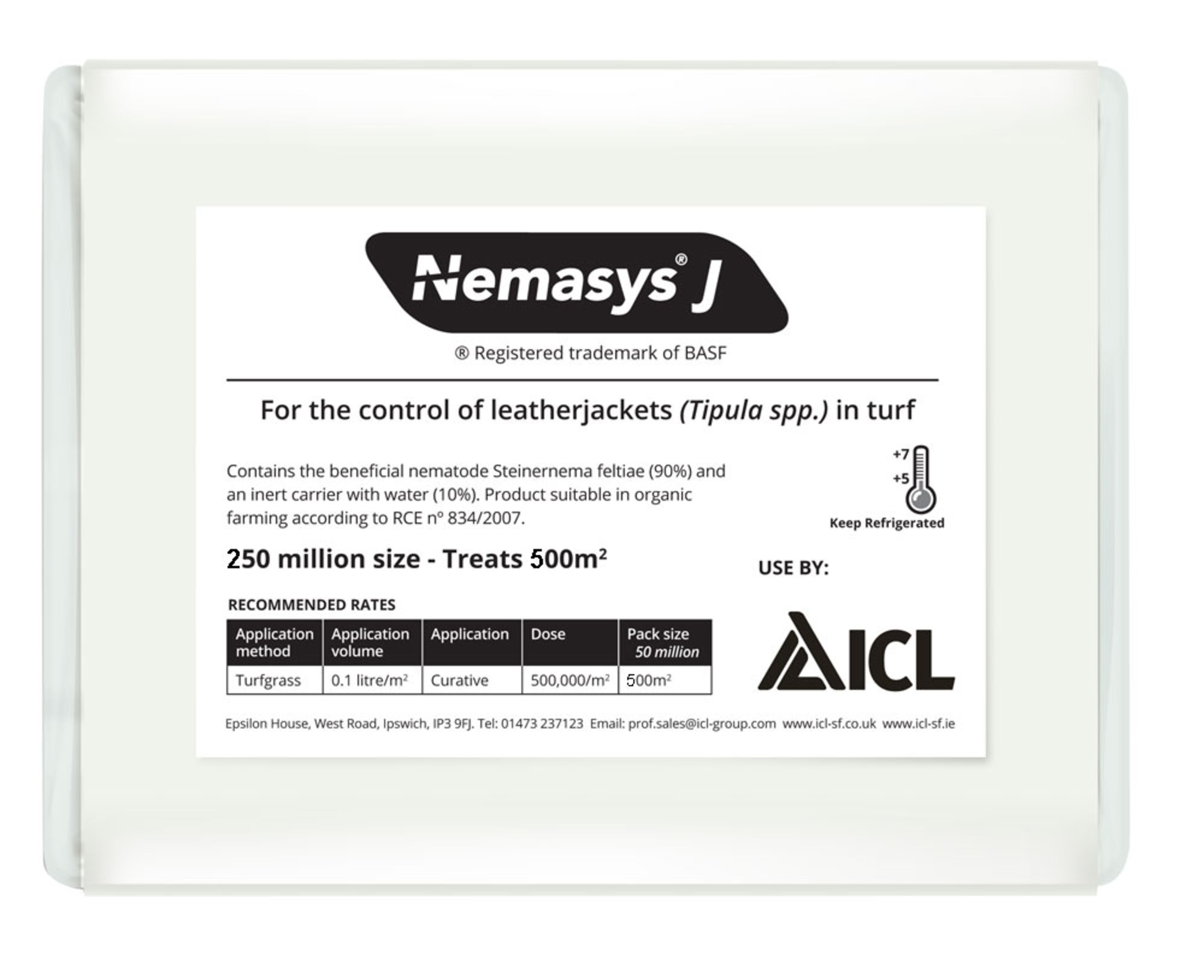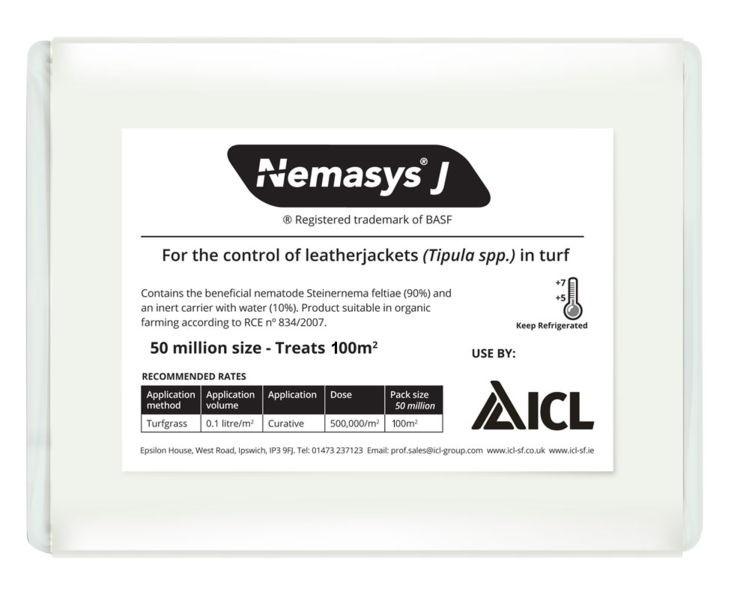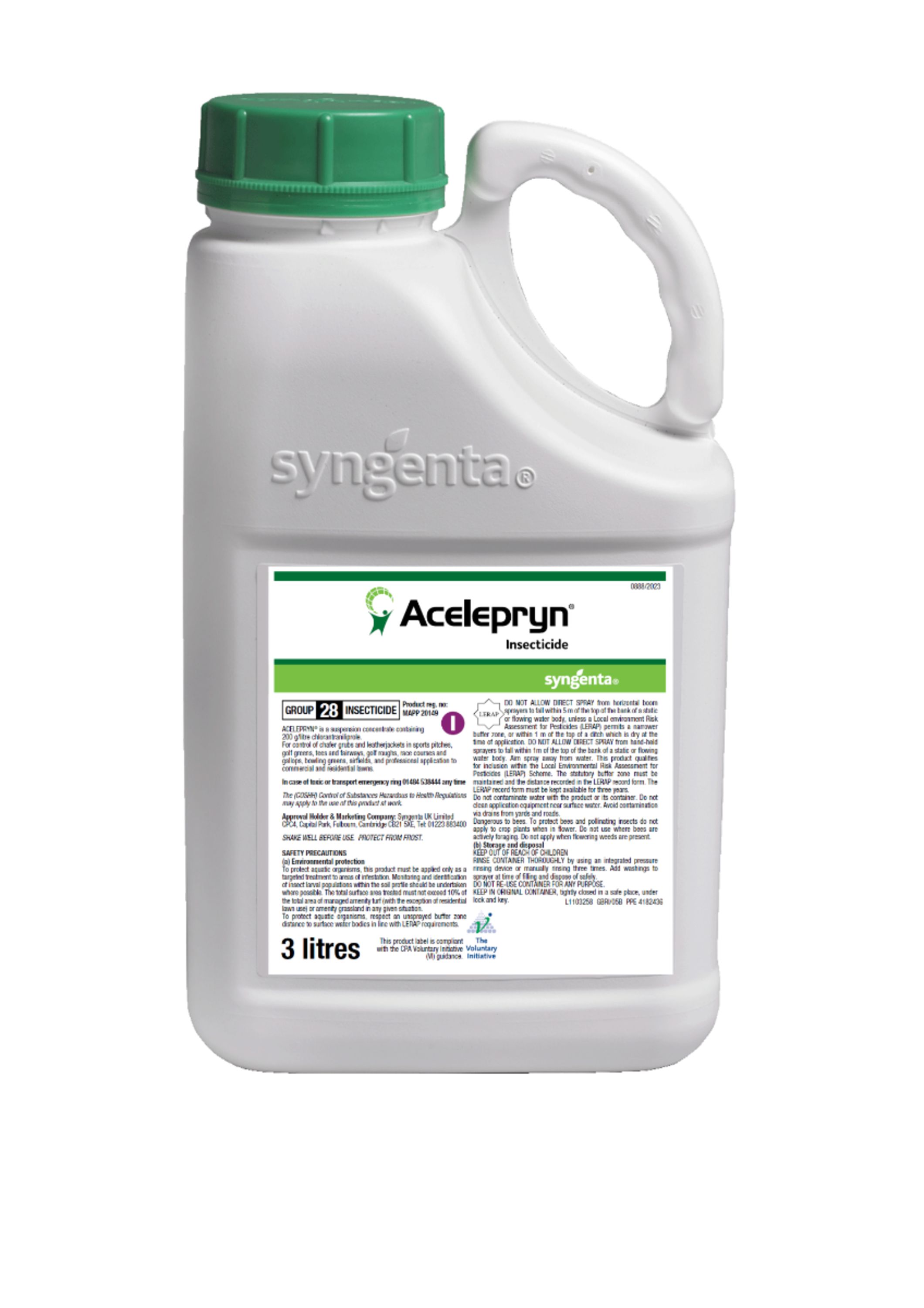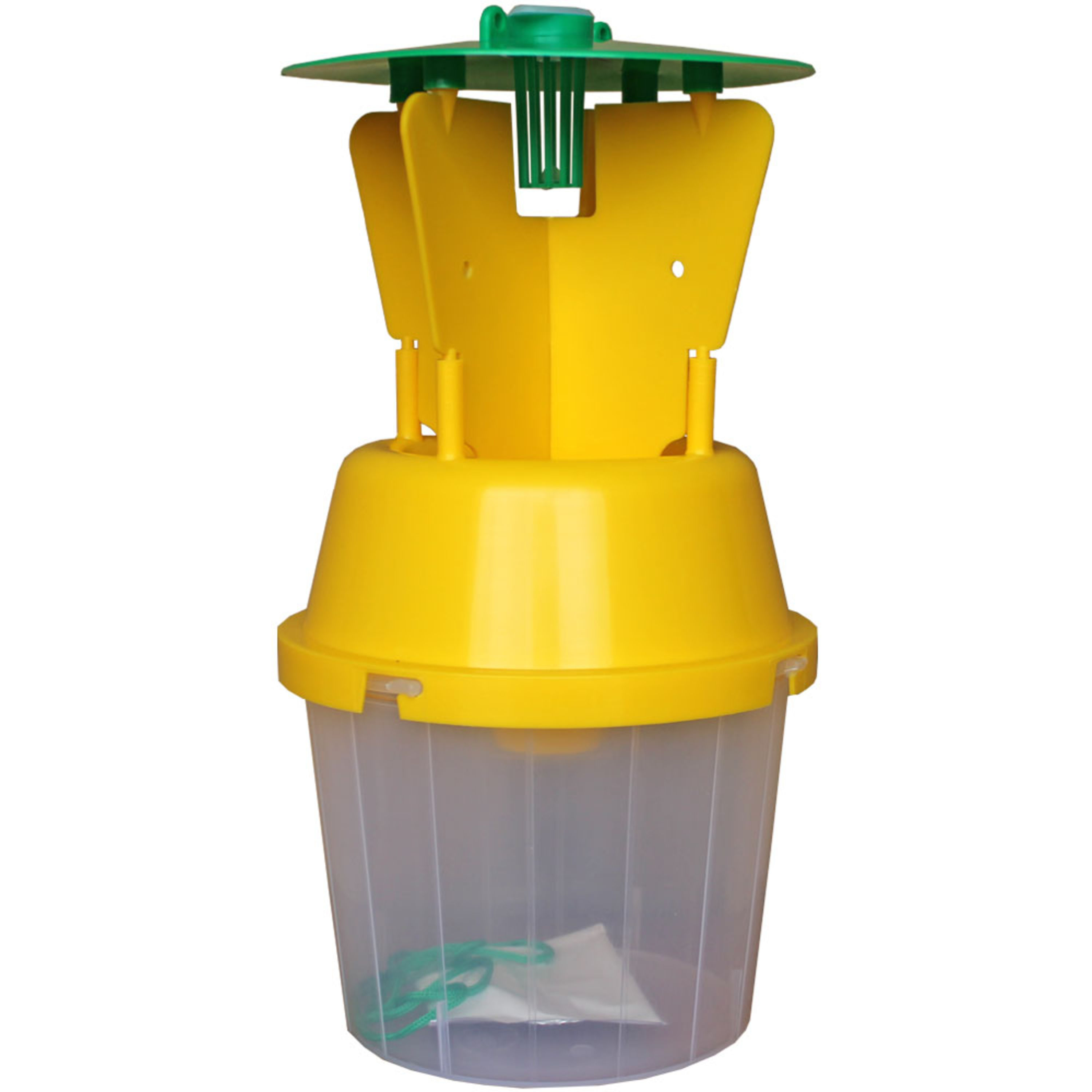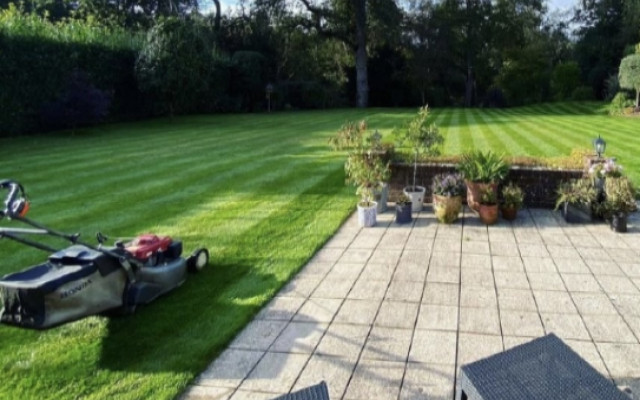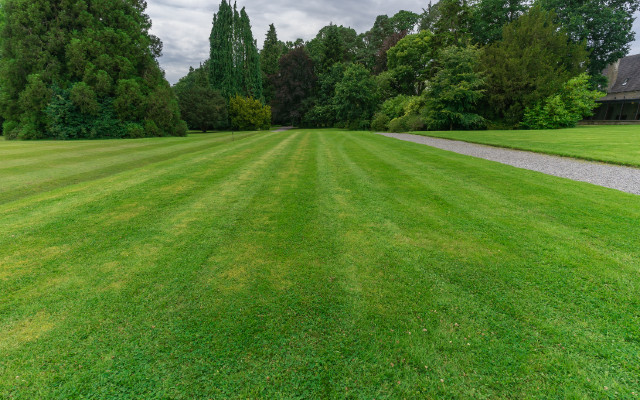When to Use Crane Fly Larvae Treatment (Leatherjacket Control Guide)
A Leatherjacket (larvae) is the child of the Crane Fly or Daddy Longlegs. These larvae are the real culprits when it comes to lawn damage, munching on the delicate white roots of grass and leaving your lawn looking tired and patchy. They’re also a favourite snack for birds like crows, magpies and starlings, which can leave behind unsightly holes as they peck through your turf looking for them.
Most lawns will have a few leatherjackets without issue, but if they appear in large numbers, it’s time to take action. In this guide, we’ll explain what leatherjackets are, how to identify a problem, when to use crane fly larvae treatment, and how to repair your lawn afterwards.
What is a Leather Jacket?
Found in the soil of lawns, leatherjackets are grey, tubular grubs up to 3cm long, with tough, leathery skin (hence the name). The first signs of an infestation usually aren’t the grubs themselves, but the yellow or brown patches that develop as a result of them eating grass roots. If you suspect leatherjackets, peel back a small piece of turf, if you find several grubs per square foot, then your lawn may be at risk.Even though having a few of these creatures in your lawn is no alarm for concern, it can come to a point where it becomes a problem. A way of knowing is when lots of adult Crane Flies can be seen from around late July to September, this is a good indication that it will be an issue in your lawn the following year. Another indication is lawn damage by the wildlife, birds will start sweeping down in search for them pecking at the lawn ripping grass and thatch out.
Why are leatherjackets a problem?
A few won’t usually harm your lawn, but large numbers can cause visible damage:- In lawns: Grass turns yellow or brown, thins out, and in severe cases dies back completely.
- In flower beds or plots: Seedlings and young plants can be killed if their stems are damaged.
- By birds and wildlife: Crows, rooks, and starlings dig into lawns to eat the grubs, creating messy holes and pulling up turf.
When to Use Crane Fly Larvae Treatment
The best time to treat leatherjackets is when the larvae are small and most vulnerable. Crane flies lay their eggs in August, and the larvae hatch shortly after.Time to Act: March, April, May, June, July, August, September, October, November.
Late summer to autumn (August–October): The larvae are young and closest to the soil surface, making treatments most effective.
Spring (March–May): A second opportunity, as the larvae feed again before pupating into adults.
Applying treatment outside these periods is less effective because the grubs are either too deep in the soil or have already pupated.
How Do I Treat Them?
The only effective option available today is a beneficial nematode treatment, such as Nemasys J. Chemical pesticides for leatherjackets are no longer available in the UK, so nematodes are now the best natural method of control.Damaging leatherjacket larvae are laid as eggs in lawns during August by the Crane Fly. Once applied, nematodes, which are microscopic organisms, seek out and infect the grubs. They stop the larvae from feeding within 3 days, and most die within 10–14 days. The nematodes then complete their life cycle within the larvae before moving back into the soil to search for more hosts, meaning pest control continues naturally.
These beneficial parasitic nematodes are extremely effective when used correctly and can be applied by professionals, or at home if you follow the instructions carefully. If you are considering applying them yourself, it’s important to remember:
- They must be applied at the correct time during the grub development stage.
- The soil needs to be moist.
- Temperatures must be suitable for nematode survival.
- They must be stored correctly before use.
- If they cannot find the grubs, they will die and the treatment will not work.
Repairing Your Lawn After Treatment
Once the leatherjackets are under control, you may still be left with patches of damaged grass. The recovery process depends on how badly the roots have been eaten.
- Light damage: A boost with our Ultimate Spring/Summer Lawn Fertiliser will encourage new root growth and revive the grass.
- Severe damage: Reseeding may be necessary. Scarify the damaged area, rake level, sow new seed, and top dress lightly to protect from birds.
For even stronger results, apply our Pre-Seeder Fertiliser 2–4 weeks after germination to help roots establish quickly.
Keep newly seeded areas moist for 4–6 weeks if rainfall is lacking, our Ultimate Lawn Seaweed Extract is a great boost for keeping your lawn wet, plus it is an excellent source of plant nutrients and organic carbon, promoting strong and vigourous growth.
FAQS
How do I know if I need crane fly larvae treatment?
If your lawn develops yellow or brown patches, or if birds such as crows and starlings are pecking holes in the turf, it may be a sign of leatherjackets. To be sure, peel back a small section of turf — if you find more than 4 grubs per square foot, treatment is recommended.
What month should I apply nematodes for leatherjackets?
The best time to apply nematodes is in late summer to early autumn (August–October) when the larvae are young and near the surface. You can also treat again in spring (March–May) before the grubs pupate into adult crane flies.
Are nematodes safe to use?
Yes — nematodes are a natural, biological control and safe for children, pets, and wildlife. They target only the larvae and won’t harm your lawn or other plants.
Can I prevent leatherjackets in my lawn?
While you can’t stop crane flies from laying eggs, keeping your lawn healthy helps it resist damage. Regular feeding, aeration, and overseeding will make your grass stronger and less likely to suffer from infestations.
Do I need a professional to apply nematodes?
Nematodes can be applied at home, but they require the right conditions (moist soil, suitable temperature, and correct timing). If you’re unsure, a professional lawn care service can ensure they are applied for maximum effectiveness.
Need Any Help?
If you’re unsure when to use crane fly larvae treatment, or you’d like advice on reseeding, fertilising or repairing your lawn, our team is here to help.
Call us on 0800 411 8141 or email sales@a1lawn.co.uk for expert guidance.
